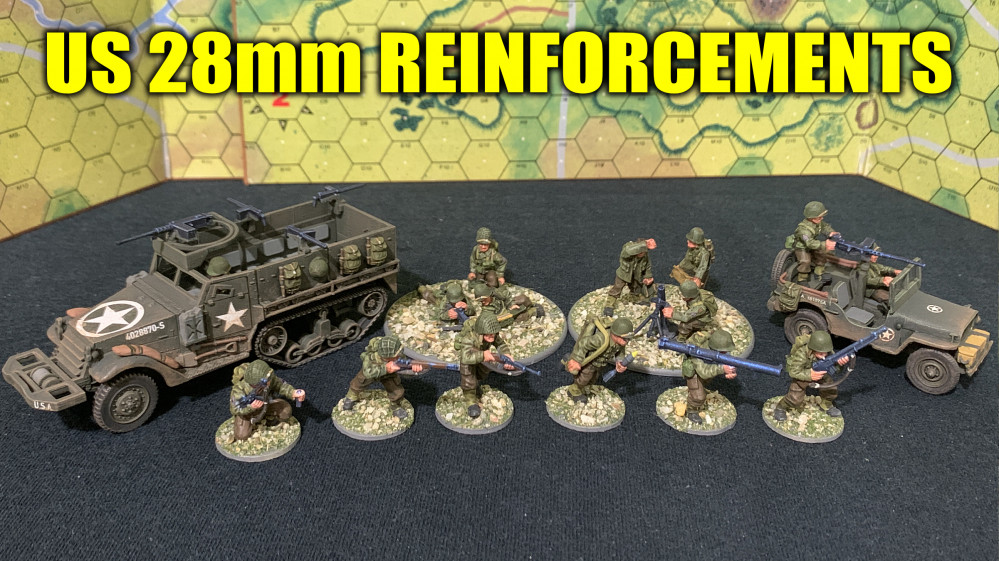
Oriskany's US 28mm Reinforcements
Valor & Victory: 1918 (Remembrance Day Special)
This week we’re getting back into some more serious content, with a look at World War I in observance of Remembrance / Armistice / Veterans Day On November 11.
The system we’re using is Valor & Victory, originally a World War II squad-based infantry tactics wargame by Barry Doyle.
Converting many of the units and weapons to relfect 1918 forces and battlefield conditions was easier than it might sound, but significant changes have been made which we’ll explore in this live stream.
Live Stream – 2:0oPM East US / 7:00PM UK
Sitrep Podcast YouTube
Thanks!
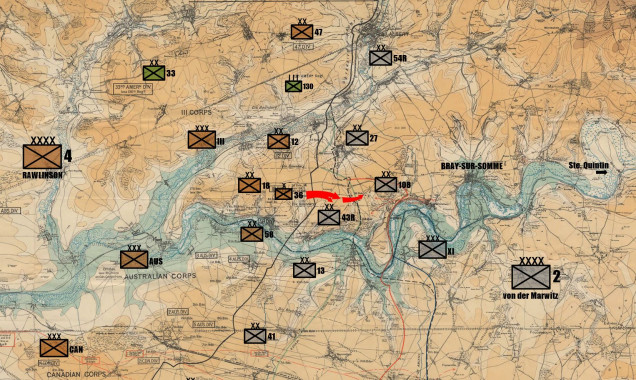 Overall situation at the start of Battle of Amiens, 8 August 1918 - focusing on the 18th (London) Division (36th Brigade, specifically) sector against Imperial German 43rd Reserve Division (XI Corps, 2nd Army). This is where our game today takes place.
Overall situation at the start of Battle of Amiens, 8 August 1918 - focusing on the 18th (London) Division (36th Brigade, specifically) sector against Imperial German 43rd Reserve Division (XI Corps, 2nd Army). This is where our game today takes place.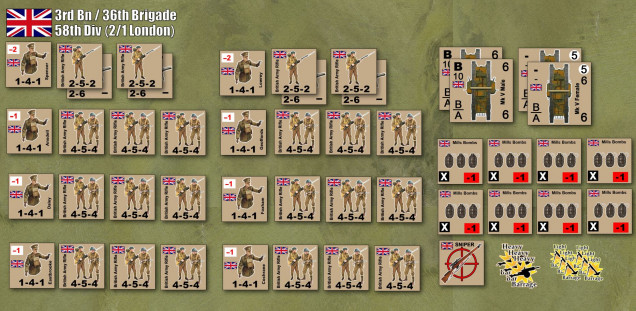 British forces for today's game. Note the battalion has been reduced to two companies (each infantry counter is a squad). We're assuming heavy losses and disorganization has already taken place in the advance across no-man's land. Also, I'm not 100% sure tanks were engaged in THIS SECTOR of the Amiens offensive (500 were used on the opening day, but I believe MOST of these were in the Canadian and Australian Corps sectors further south). But we're including a few of them here for demo purposes.
British forces for today's game. Note the battalion has been reduced to two companies (each infantry counter is a squad). We're assuming heavy losses and disorganization has already taken place in the advance across no-man's land. Also, I'm not 100% sure tanks were engaged in THIS SECTOR of the Amiens offensive (500 were used on the opening day, but I believe MOST of these were in the Canadian and Australian Corps sectors further south). But we're including a few of them here for demo purposes.  German forces of 202. Reserve Infantry Rgt / 43. Reserve Infantry Division. Partial forces only. Not only were all German units tragically understrength by this point of the war, but we're not recreating the whole defensive front of an Imperial German infantry regiment.
German forces of 202. Reserve Infantry Rgt / 43. Reserve Infantry Division. Partial forces only. Not only were all German units tragically understrength by this point of the war, but we're not recreating the whole defensive front of an Imperial German infantry regiment.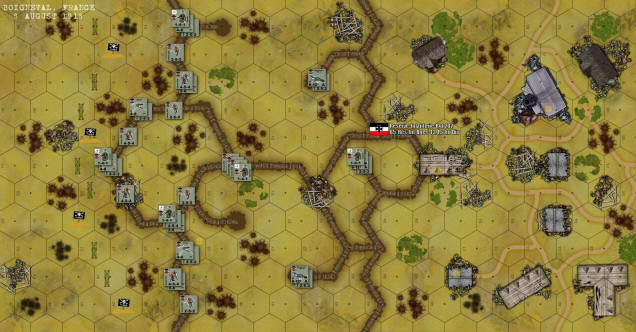 The map and initial set up. Note only the German trenches are depicted. Never have both trench lines on the table, and try to simulate the whole advance across no-man's land. Just balance your game with the attackers just coming on the table, and assume they have taking some losses in the process. Also, note the German trench line is not a LINE, but a BAND of interconnected firing trenches, support trenches, reserve trenches, and communications trenches connecting them all together.
The map and initial set up. Note only the German trenches are depicted. Never have both trench lines on the table, and try to simulate the whole advance across no-man's land. Just balance your game with the attackers just coming on the table, and assume they have taking some losses in the process. Also, note the German trench line is not a LINE, but a BAND of interconnected firing trenches, support trenches, reserve trenches, and communications trenches connecting them all together.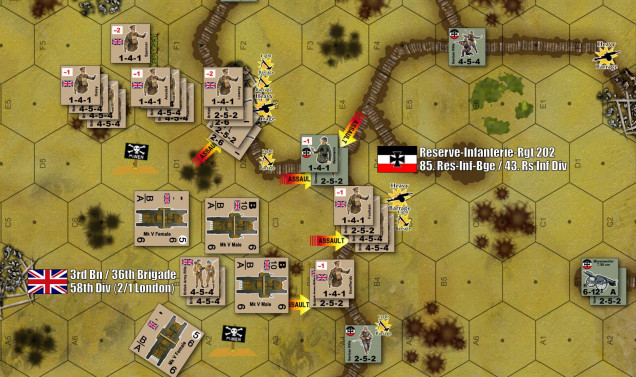 Part of the Turn one attack. Many counters are already missing, having been remove in British artillery, German opportunity and defensive fire phases, British assaults, and finally the German Turn 1. Tanks crushed holes in the barbed wire, which allowed infantry platoons to storm through and start the first assaults into the forward German firing trench. German reseves have counterattacked. Much of the battle is now IN the German trench system.
Part of the Turn one attack. Many counters are already missing, having been remove in British artillery, German opportunity and defensive fire phases, British assaults, and finally the German Turn 1. Tanks crushed holes in the barbed wire, which allowed infantry platoons to storm through and start the first assaults into the forward German firing trench. German reseves have counterattacked. Much of the battle is now IN the German trench system.






























![TerrainFest 2024 Begins! Build Terrain With OnTableTop & Win A £300 Prize! [Extended!]](https://images.beastsofwar.com/2024/10/TerrainFEST-2024-Social-Media-Post-Square-225-127.jpg)
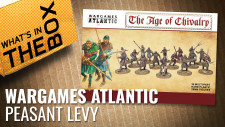
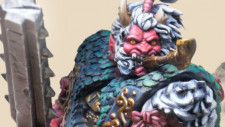










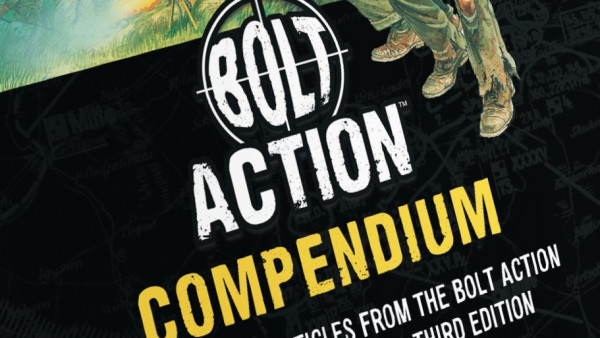
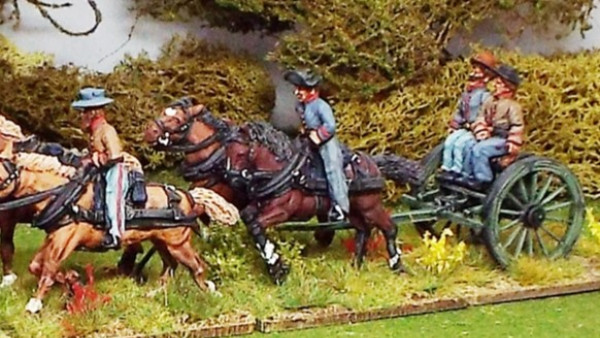
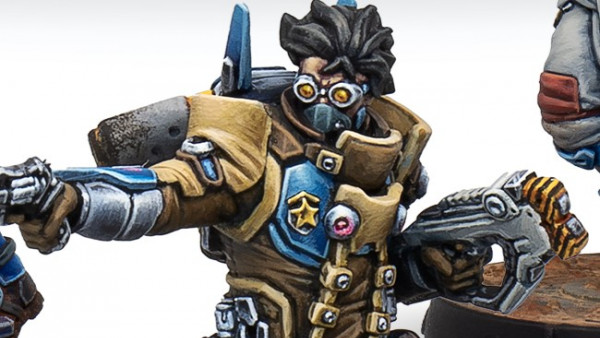
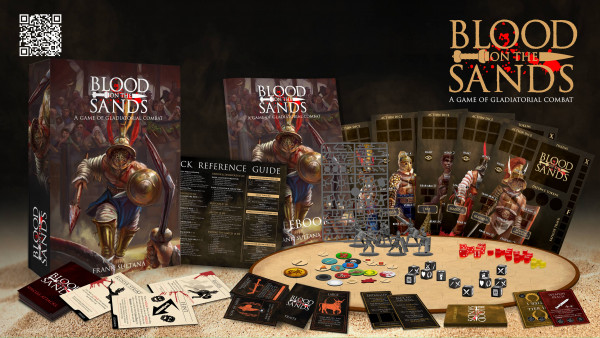
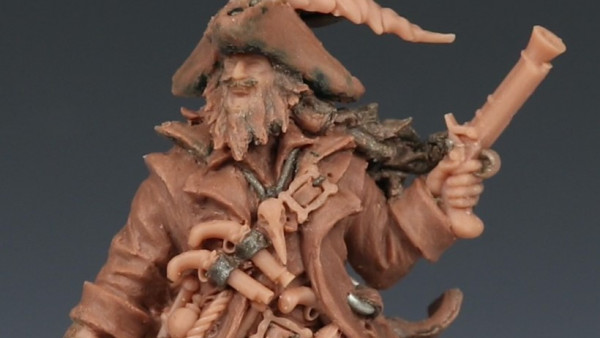
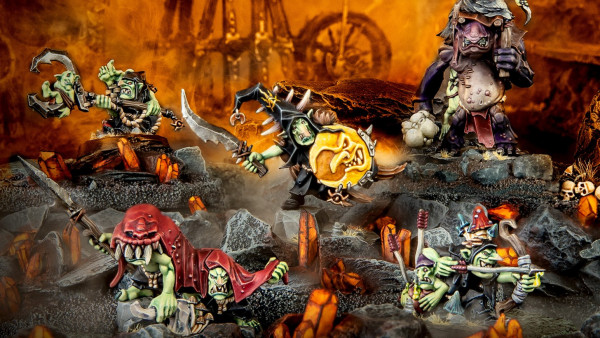
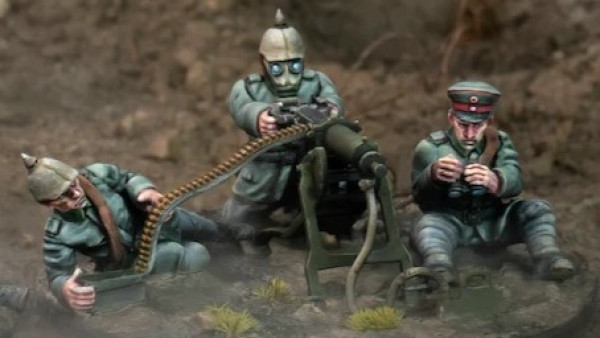



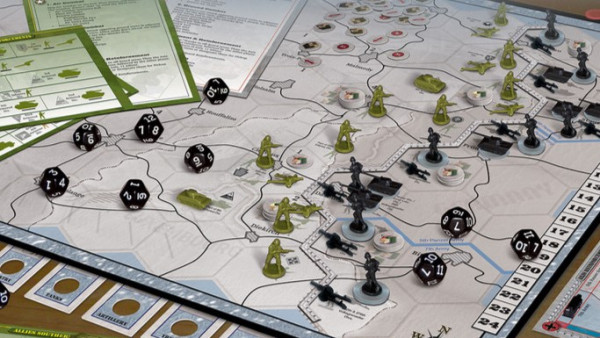
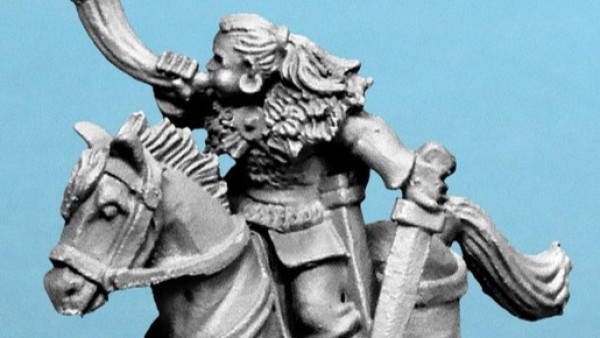


















Leave a Reply